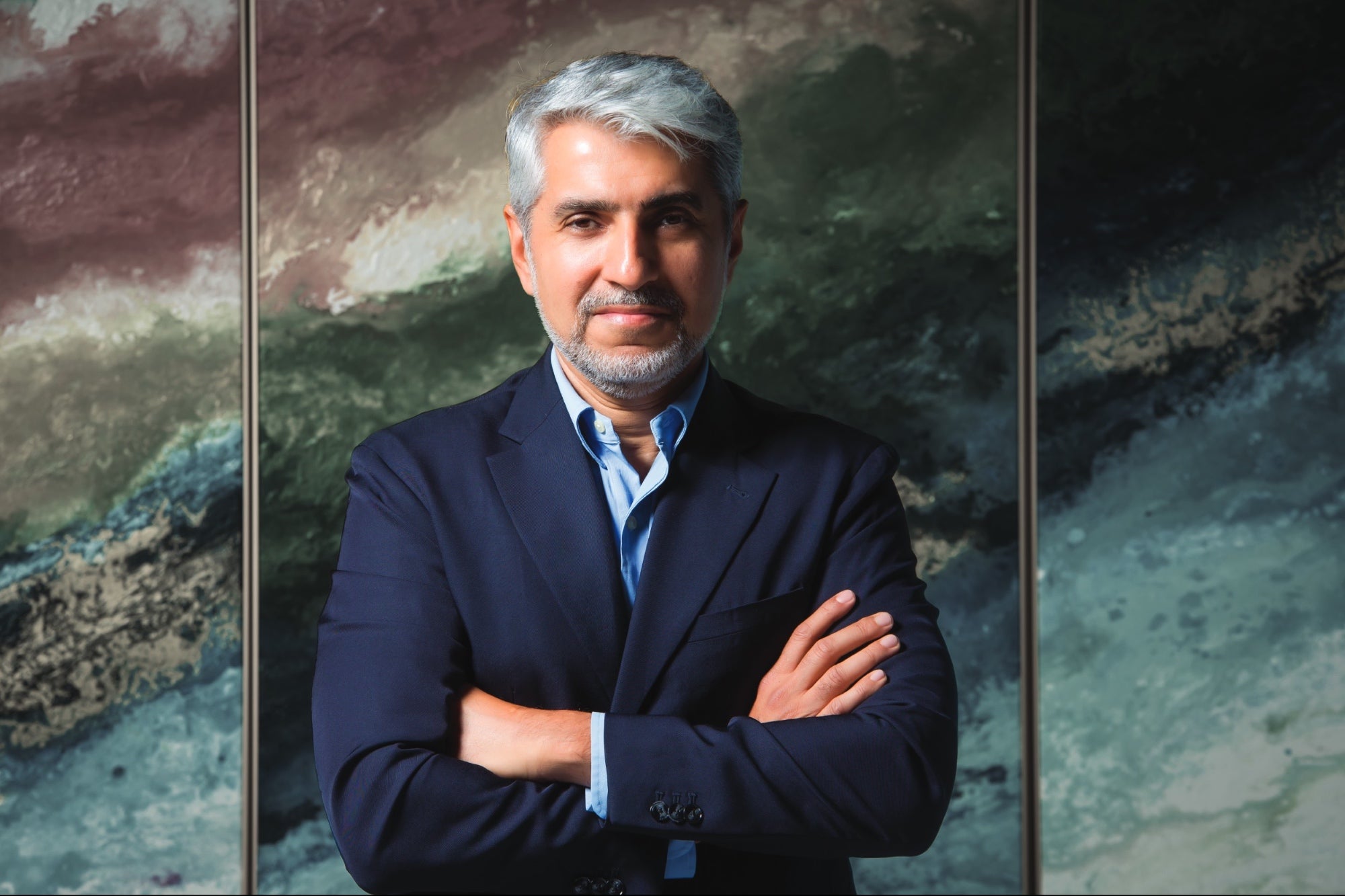Retail Innovation in the GCC: A Five-Year Evolution Despite the high growth recorded in the GCC retail market in the past 5 years, it cannot yet be considered saturated – rather more fragmented – and much room still exists for new market entrants.
Opinions expressed by Entrepreneur contributors are their own.
You're reading Entrepreneur Middle East, an international franchise of Entrepreneur Media.

Over the past five years, retail in the GCC region has evolved, and two distinct phases can be identified. The first – driven by COVID-19 and lockdowns – saw an unprecedented surge in e-commerce, with digital platforms thriving and traditional retailers rapidly expanding online platforms. As restrictions lifted, retail entered a second phase of evolution, marked by the rise of so-called 'phygital' experience; where retailers blend digital innovation with a rise in demand for a return to traditional shopping habits, creating a more futuristic shopping experience in line with the exponential growth in technology. The region's retail market remains full of opportunity, if somewhat fragmented, and success will hinge on the leveraging of emerging technologies, strategic partnerships and operational excellence.
In 2020 at the height of the pandemic, the UAE e-commerce market grew by 53% year-on-year, with the country witnessing the tremendous growth of digitally native market players such as Noon, the-ecommerce platform launched by Emaar founder Mohamed Alabbar in partnership with Saudi Arabia's Public Investment Fund (PIF). Meanwhile, traditional market leaders such as Carrefour and Lulu in UAE expanded their online platform. Panda in Saudi Arabia scaled up its e-commerce platform, Pandaclick, a strategic move that contributed to the growth of revenue growth by 23% for the company in the first quarter of 2020, despite the reduction in selling space compared to the same quarter in the previous year.
Although the release of lockdown meant business gradually resuming some semblance of normality, e-commerce had already become the new norm, leading to the evolution of retail into its second phase to encompass two contradictory trends. The first, phygital retail – often associated with luxury shopping – resonated with a consumer need to go back to their previous shopping habits, yet in a more futuristic setting in line with the significant advancements in technology. A case in point would be THAT concept store by Majid Al-Futtaim, which provides a 'store of the future' experience through digital display screens that create an immersive atmosphere. Using AI and facial analytics the screens, can provide a unique discovery journey for each type of customer based on gender and age group.
Related: Dubai-Based Arabic.AI Built an Arabic-First Autonomous AI Platform that Outperforms ChatGPT-4
The second trend is value-led/discounter retailers that aim to provide competitive pricing for products through strong private label presence, cost-efficient operations and limited assortments. In the UAE, cooperative societies in Dubai, Abu Dhabi and Sharjah collectively constitute around 12% market share in terms of revenue from the UAE's overall grocery retail industry. Meanwhile, discounters in UAE are challenged by traditional grocery stores, known as baqalas, that account for 83% of fast-moving consumer goods in UAE, and by the higher consumer appetite – an 89% majority of which are expatriates – for convenience and speed over price.
This situation is not necessarily replicated across the rest of the GCC, with other markets, including Saudi Arabia, noting differences. Saudi consumers are showing a growing appetite for budget-conscious shopping, driven by a growing middle-class segment. This is manifested by the growth of Al Othaim Markets, achieving around 20% market share of the modern trade market and around 5% of the total market share of grocery retail in Saudi Arabia. Other pan-GCC retailers such as Lulu Group and Carrefour, that are not strictly discounters, are able to gain major traction by offering regular promotions and discount campaigns and accordingly appealing to value-conscious consumers.
Despite the high growth recorded in the GCC retail market in the past 5 years, it cannot yet be considered saturated – rather more fragmented – and much room still exists for new market entrants, especially those that can showcase a clearly targeted unique selling point using emerging technologies. Such technologies can either feed price optimization by utilizing data analytics to predict consumer demand and streamline operations, appealing to the ever-growing regional segment of value-conscious consumers, or make use of new technology to enable experiential retail and unique customer experience as demanded by the growing young population. In both cases innovation, effective partnerships and operational excellence are the key success factors.
Retail: From Bootstrapping to Billion-Dollar Valuation: Lessons From Infobip










